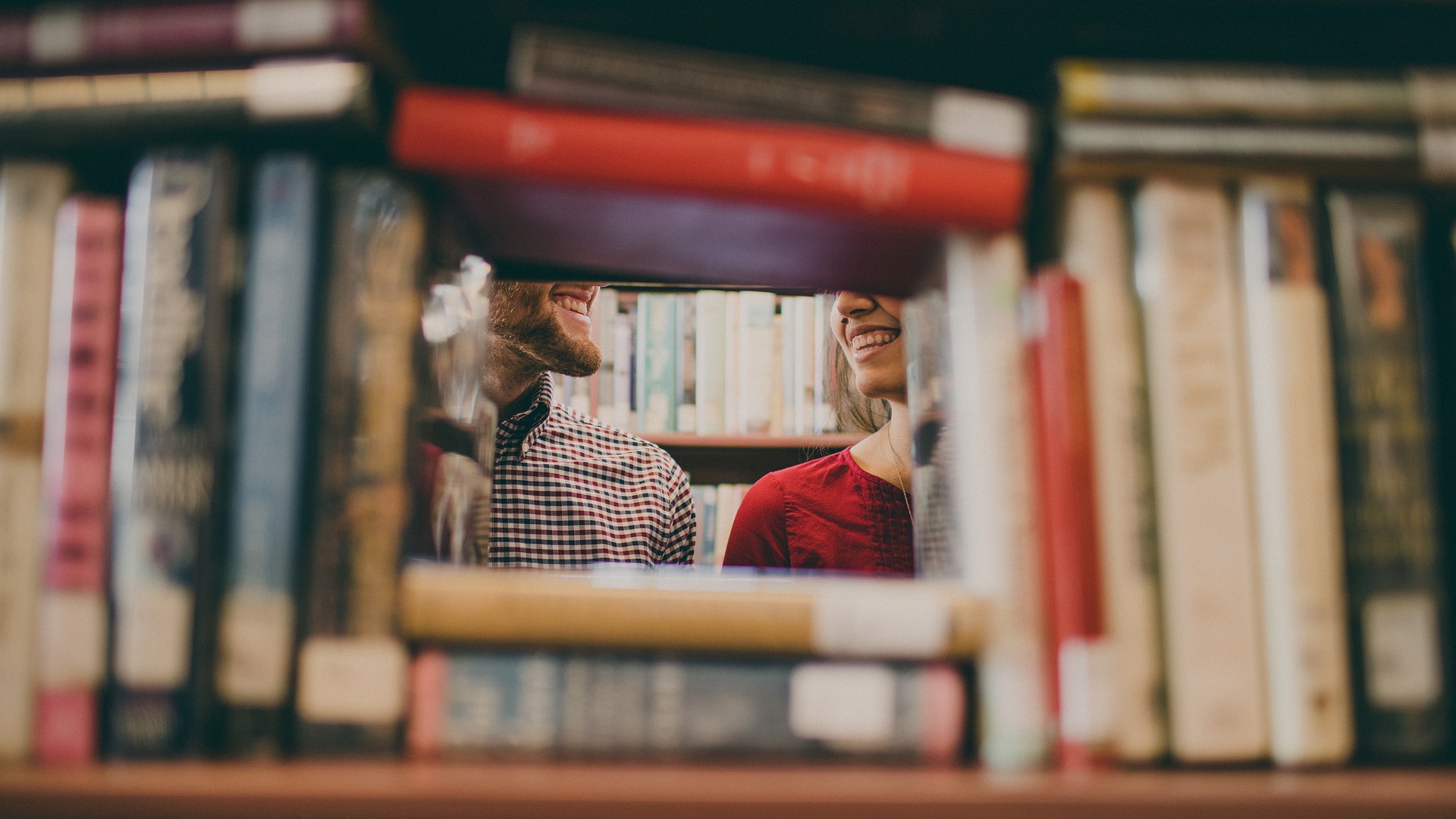An open laboratory for characters and scenarios!

The Law and Literature (L&L) movement gained momentum in Europe during the past decades, having had so far more exposure on the other side of the Atlantic Ocean. L&L offers an open laboratory to create and test knowledge, and the teaching of law should benefit from the genius and creativity of seminal writers. An interplay of L&L and Problem Based Learning (PBL) can be only beneficial and should be encouraged.
The Value of Law and Literature in a PBL Environment
The resulting environment is optimal when aiming to foster abilities to listen, perceive, communicate, and reflect. After all, actors that participate in the PBL classroom (both students and instructors) need to allow themselves to be challenged and touched in their souls, since that is what learning is all about. Participants need to engage in ample dialogue with each other.
The PBL classroom should be considered a natural environment for the implementation of L&L. There, participants can relate to situations and problems that they encountered in popular culture. That common ground points to participants sharing interests and being able to enter the open laboratory together. Such a laboratory takes participants to other times and/or places, with no need to leave the PBL classroom. Scenarios used in the PBL classroom can be found–on occasions–in cases argued before courts of law. It must be acknowledged, however, that there is only a certain number of cases that courts of law can decide, and not all decisions fit the learning objectives in a course. Then, why not look into literature, where more scenarios are available? Many more scenarios inhabit novels and plays, for example, and many more seem to be tailor-made for law courses.
A PBL experience can be ignited with a scenario adapted from a real case and then further developed or changed by references to literature. Here is where seminal novels can be considered handy tools of the trade. Many of these texts are available in English language, being even considered universal classics. A common ground soon comes to life amongst participants, being clearly palpable. That ground should be exploited! This idea is not new, however. It can be traced back, for example, to the 1890s in the US, since there they soon realized that the case method developed by Christopher C. Langdell had limitations by dealing with real cases. There was therefore a cap, a limit. John H. Wigmore, a world-renowned expert of comparative law and the law of evidence, stated already in 1913, that:
|
Literature, and especially the novel, is a catalogue of life’s characters. And human nature is what the lawyer must know […]. For this learning, then, he must go to fiction, which is the gallery of life’s portraits. […] And so the best literature — drama or poetry, philosophy or fiction must always be an arsenal for the lawyer. (John H. Wigmore, “Introduction”, in J.M. Gest, The Lawyer in Literature, London: Sweet & Maxwell, 1913, p. ix-xii |
L&L–it should be once more stated–offers an open laboratory. It offers a place to explore countless situations, a place to revisit prior knowledge, and a place to see law in the texture of society. PBL is familiar with such a place, and it can only be hoped that more people visit this infinite laboratory. It is free, open, and always growing, regardless of the new technologies and the new generations of readers.
| More blogs on Law Blogs Maastricht |